The Chinese Grand Prix had the double characteristic of representing the return of Formula 1 to Shanghai after five years, and also hosting the first sprint of the 2024 season.
The mix of the two could be defined as explosive, in terms of the degree of uncertainty that was created, but the Chinese GP did in fact highlight, thanks to the track surface with its poor and inconsistent grip just what the performance level of the Red Bull RB20 is, and how much the rest of the field has their own strengths and weaknesses.
Ferrari is the most striking cast, as McLaren masterfully managed to take advantage in both qualifying and the race.
It is superfluous to point out that the conditions mentioned at the outset did not allow teams to bring significant developments, especially with only one free practice session available for sprint qualifying.
The result of the race, fourth and fifth for Charles Leclerc and Carlos Sainz, did not satisfy Ferrari, and specifically Leclerc, with the result being decidedly below the expectations of the day before.
Ferrari's sprint pace on the medium tyres had given realistic hopes of slotting in behind both Red Bulls - and even possibly getting ahead of Sergio Perez in the second car.
Viewed by others:
Ferrari to fast-track upgrades?
Except for losing ground on Lap 1, the first stint of the race had gone largely as Ferrari expected in terms of limiting the degradation of the medium rubber, but this was not the case once the SF-24 switched over to the hard compound C2 rubber.
The pace dropped dramatically, going from a performance level in line with Norris in the McLaren to about half-a-second per lap slower.
The cause of this can be traced back to the aerodynamic set-up chosen after the sprint to unload the wings, sacrificing qualifying for the race, actually triggered Sunday's tyre problems in a cruel paradox.
In reducing the downforce on the car, coupled with the low track and air temperatures, Ferrari was able to produce adequate heat and energy on the hard tyres and could not fire the rubber up.
The SF-24 was unable to complete the cycle of precisely heating the tyre tread to maximise the adhesive grip between asphalt and rubber, although the greatest level of impact on performance was the lower wing settings.
Ferrari switched strategies to Plan D - the one-stop, which quickly became the favoured race strategy once the safety car was deployed.
This is what Norris also opted for, and Leclerc could have also got ahead of Perez in the Red Bull if the SF-24's pace had been as consistent as that of Norris's MCL38, on the same tyre.
It is therefore clear that the Chinese GP once again highlighted, especially with aerodynamic set-up, the SF-24 is not able to generate enough downforce through the floor to induce sufficient energy on the tyres, no matter the wing settings.
Therefore, the planned upgrades for Imola seem essential, and their rumoured partial introduction in Miami would be very desirable.
These upgrades would lead to an increase of downforce generated by the floor, which on paper, should allow the team to explore a wider range of strategies.
Another problem, linked to the track and air temperatures of each race, with the exception of Australia, has limited the potential of the car and it should be resolved.
Norris indicated this as much when he claimed that he expected Ferrari to be far more competitive in the race - and was expecting to be beaten by 35 or more seconds.
Red Bull's cooling gills
In Shanghai, despite the decidedly low temperatures, the rectangular slits that were present in Bahrain and Melbourne were re-introduced on the RB20s to increase heat exchange.
McLaren MCL38 partitioned gills
The McLaren, in addition to a slightly modified livery with a specific brand for the Chinese market, presented, in contrast to the Red Bull, a reduction in the section of the gills at the base of the engine cover.
Don't miss out on any of the Formula 1 action thanks to this handy 2026 F1 calendar that can be easily loaded into your smartphone or PC.
Download the calenderMost read
In this article
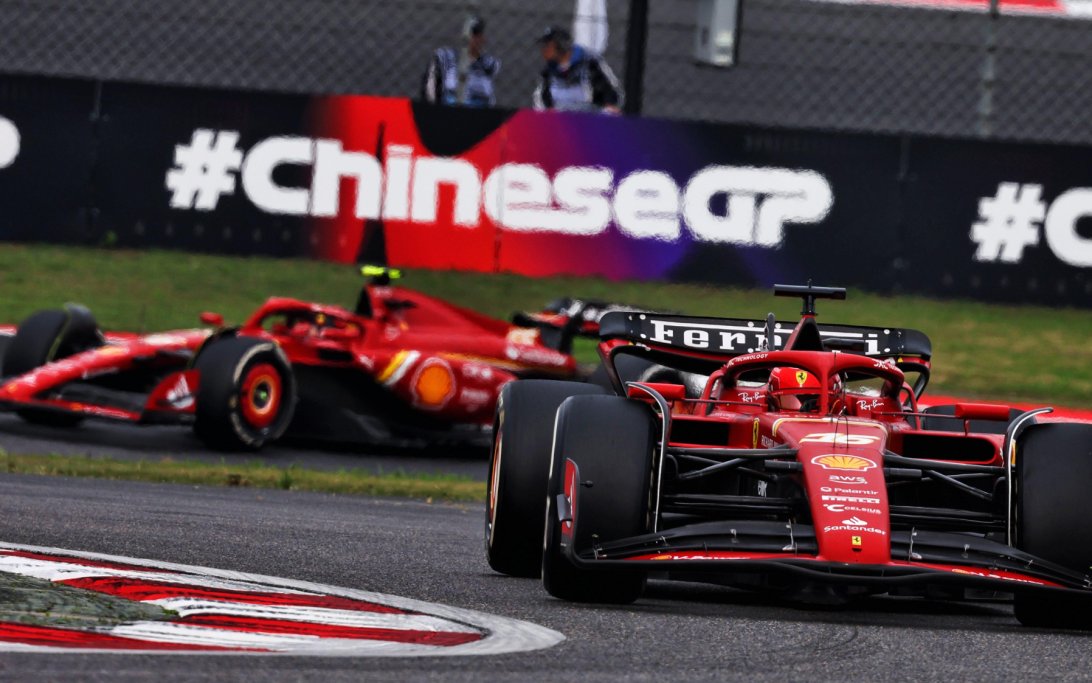
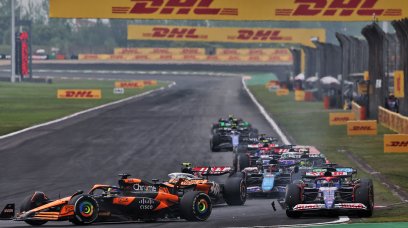
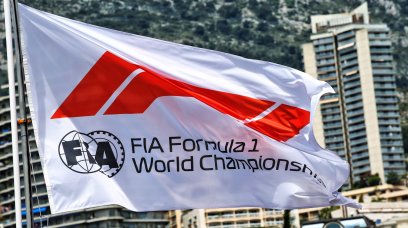
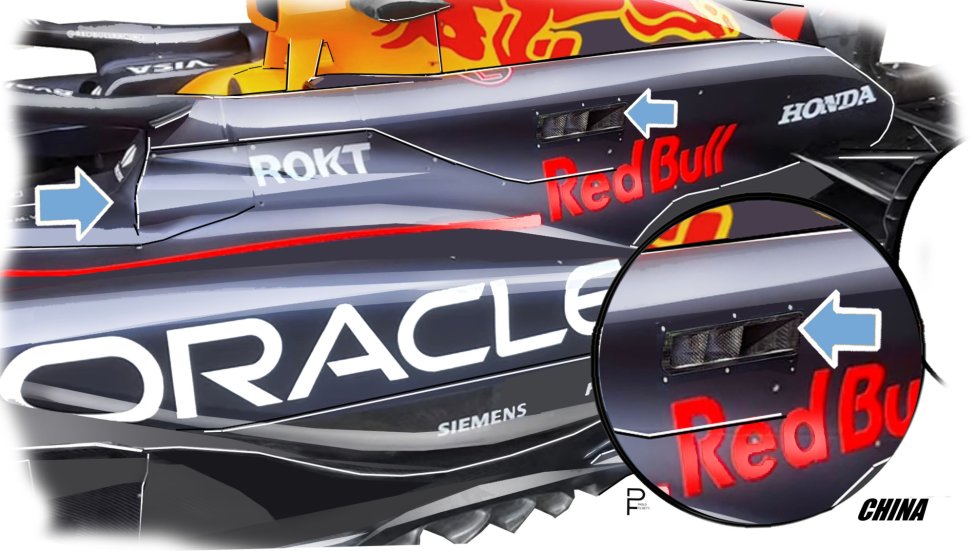


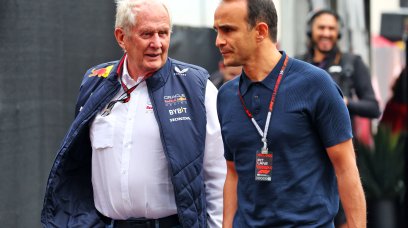



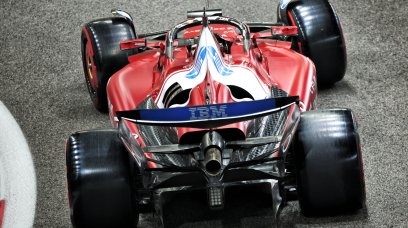


Join the conversation!